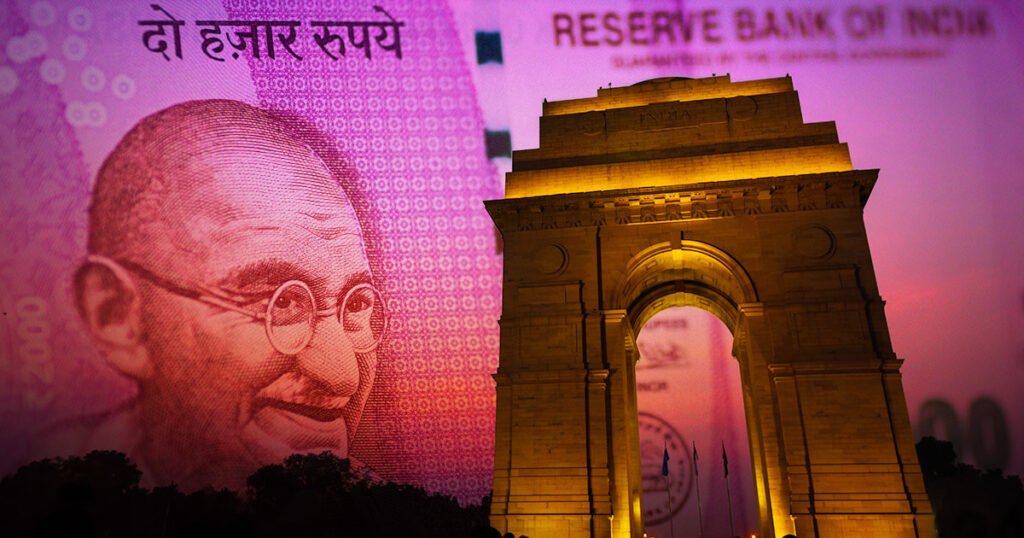The Reserve Bank of India (RBI) is taking a cautious approach to the nationwide rollout of its Central Bank Digital Currency (CBDC), the e-rupee, prioritizing financial stability and a thorough understanding of its potential impacts. Deputy Governor T. Rabi Sankar emphasized the bank is not in a hurry to roll out the e-rupee immediately and is assessing outcomes before broader implementation. The e-rupee pilot, launched in December 2022, has seen over 5 million users and around 1 million retail transactions by mid-2024. However, Sankar stressed the importance of evaluating the long-term impact before scaling up.
The Reserve Bank’s deliberate approach reflects concerns about CBDCs disrupting traditional banking. Deputy Governor Michael Debabrata Patra has noted that CBDCs might attract depositors during financial instability, creating risks for banks due to mass withdrawals. To address this, the central bank has limited the CBDC rollout to controlled experiments, with local banks like ICICI Bank and State Bank of India offering incentives like salary disbursements via e-rupee to encourage adoption. Despite reservations, regulators in India prefer a nationwide CBDC over private digital currencies like Bitcoin.
India is also enhancing the e-rupee’s features, including developing offline transfer capabilities to increase accessibility. Governor Shaktikanta Das acknowledged that e-rupee adoption is not at the level of the Unified Payments Interface (UPI), India’s leading digital payments platform. The wholesale e-rupee program focuses on interbank transactions and government securities trading with nine major financial institutions participating to refine the currency’s operational design and identify key use cases. India’s approach mirrors the global trajectory of CBDC development, with over 130 nations actively exploring digital currencies and countries like China and Nigeria advancing their CBDC programs.
As India observes international developments, its central bank remains committed to ensuring that the e-rupee strengthens the financial system without compromising stability. By prioritizing financial stability and understanding the potential impacts, the RBI is taking a deliberate and cautious approach to the nationwide rollout of the e-rupee. The pilot program has shown modest progress with over 5 million users and 1 million retail transactions, but the central bank is focused on evaluating the long-term impact before scaling up. With concerns about CBDCs disrupting traditional banking, the RBI is conducting controlled experiments and offering incentives to encourage adoption by local banks. India is enhancing the e-rupee’s functionality and features to increase accessibility, while also participating in trials to refine its operational design. As global interest in digital currencies grows, India is positioning itself to ensure that the e-rupee strengthens the financial system while remaining stable.


